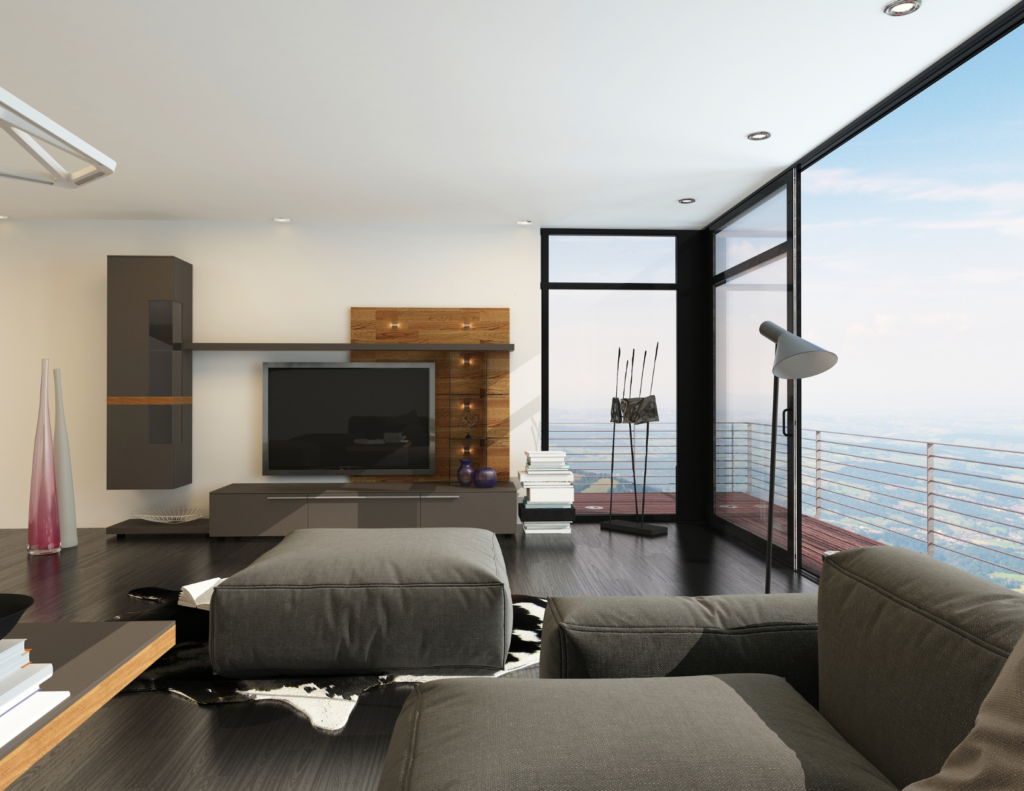
In today’s fast-paced, noisy world, the importance of soundproofing has never been greater. With urbanization on the rise and people spending more time indoors, architects and designers are increasingly focusing on creating spaces that not only look good but also sound good. Modern architecture is undergoing a “quiet revolution,” integrating advanced soundproofing techniques and materials to enhance comfort, privacy, and overall quality of life.
Why Soundproofing Matters in Modern Design
Soundproofing is no longer just a luxury—it’s a necessity. Noise pollution affects mental health, productivity, and even physical well-being. In residential spaces, soundproofing ensures peaceful living conditions, while in commercial buildings, it boosts employee efficiency and customer satisfaction. As the demand for quieter environments grows, architects are incorporating soundproofing into the design process from the very beginning.
Emerging Trends in Soundproofing Technology
- Eco-Friendly Acoustic Solutions
Sustainability is a major focus in modern construction. Architects are turning to eco-friendly soundproofing materials, such as recycled cotton, cork, and natural wool. These materials not only reduce noise but also minimize the carbon footprint of buildings. - Invisible Soundproofing
Gone are the days of bulky acoustic panels dominating interiors. Today’s soundproofing solutions are sleek and seamless. From soundproof drywall to noise-reducing windows, these innovations blend into the aesthetic of any space while delivering high performance. - Smart Soundproofing Systems
Smart technology is making its way into acoustic design. Smart noise-canceling systems use microphones and speakers to counteract unwanted sounds in real time, similar to noise-canceling headphones. These systems are especially useful in open-plan offices and modern homes. - Multifunctional Design
Modern soundproofing materials often serve dual purposes. For instance, acoustic panels can also be used as decorative wall art, and soundproof flooring can double as thermal insulation. This multifunctionality appeals to space-conscious designs. - Zoning for Acoustics
Architects are now designing buildings with acoustic zoning in mind. By strategically placing “quiet zones” away from noise sources, they create harmonious environments. For example, bedrooms and study areas are often situated far from noisy living rooms or streets.
Examples of Soundproofing in Iconic Architecture
- The High Line in New York City incorporates sound-dampening materials to reduce urban noise, creating a serene public space.
- Google’s London HQ features acoustically optimized workspaces to foster productivity and employee well-being.
- Residential skyscrapers in dense cities are increasingly built with soundproofing technologies to offer residents a tranquil escape from the bustling streets below.
The Benefits of Soundproofing in Modern Architecture
- Enhanced Comfort: Quiet spaces improve mental health and reduce stress.
- Increased Privacy: Soundproofing ensures conversations and activities remain confidential.
- Greater Property Value: Well-designed soundproofed spaces are more attractive to buyers and tenants.
- Improved Productivity: Noise reduction in offices boosts focus and efficiency.
Looking Ahead
As technology and innovation continue to shape architecture, the role of soundproofing will only grow. From residential homes to commercial skyscrapers, integrating effective noise control is a hallmark of thoughtful, modern design.
Whether you’re a homeowner, a business owner, or an architect, investing in soundproofing is more than a design choice—it’s a commitment to creating spaces where people can thrive in peace.
If you’re looking to enhance your space with the latest soundproofing solutions, contact us today to explore how we can help you achieve your vision!
